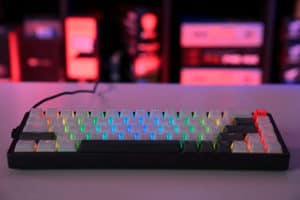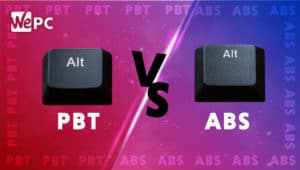What is a mechanical keyboard? (mechanical keyboard vs regular explained)
What is a mechanical keyboard? We explain the basics
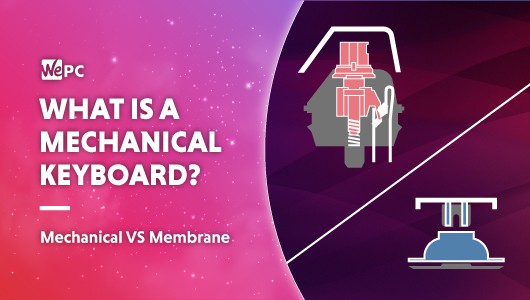
WePC is reader-supported. When you buy through links on our site, we may earn an affiliate commission. Prices subject to change. Learn more
Broadly speaking, there are two types of keyboard commercially available. Membrane, and mechanical. Both types of keyboards are widely available in both ANSI and ISO layouts. You’ve probably heard PC gamers and those who type a lot extol the virtues of mechanical keyboards over membrane. But what are these differences? Are they worth it? should you even care? All these questions will be answered as we demystify this most contentious and enthusiast-driven aspect of PC gaming.
What is the difference between a mechanical keyboard and a membrane keyboard?
The primary difference lies in how pressing the key is registered by the keyboard. Membrane boards utilize a layer of rubber with convex domes underneath each key. The natural springiness of rubber provides a cheap way of creating a button. so as you press a key, the dome is depressed, completing an electrical circuit, which registers the keystroke. Conversely, mechanical keyboards use a physical switch mechanism that is actuated by pressing down on the key. Because the feel of the keyboard is no longer exclusively a result of the physical characteristics of rubber, the tactile sensation can be more carefully modulated during the design of the switch.
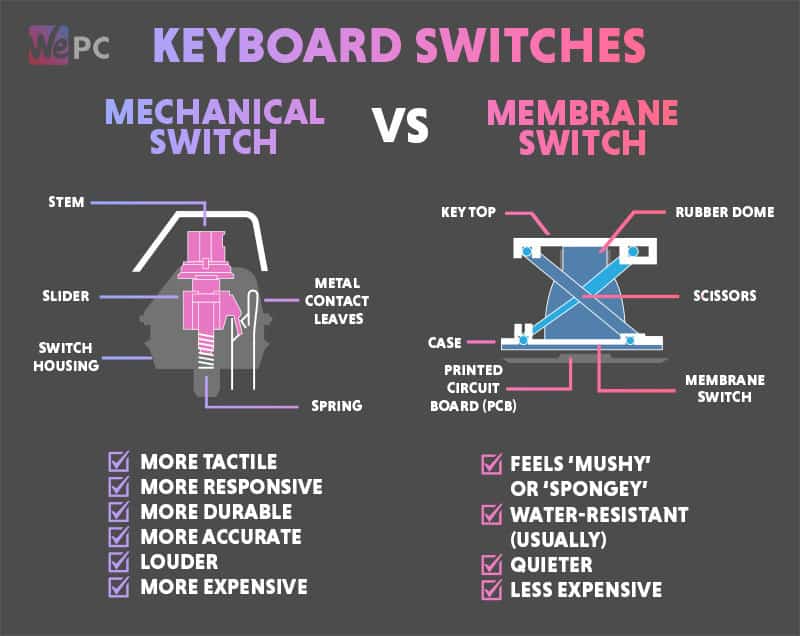
So why is this of benefit to the user? Well, there are a few reasons, the main reason is the huge range of switches out there. Each type of switch provides a different physical sensation for the user as they type. This means that you can pick the switch that best suits your use case.
Types of key switches explained
What is a mechanical keyboard? Well, it starts with the key switches. They replace the membrane dome we covered earlier. There’s a vast range of switches out there which can be daunting for the beginners amongst you. For simplicity’s sake, we’re going to split mechanical key switches into three main categories, Linear, Tactile, and Clicky. Even within each of those three categories, there exists a large variance, but we’re going to concentrate on the broad strokes for now.
Linear key switches
Linear, sometimes known as speed switches, are switches that have no tactile ‘bump’ or audible noise at the actuation point. This means that the feeling of travel is smooth and consistent until you reach the bottom, known as ‘bottoming out’. Some users are particularly sensitive to bottoming out, if this sounds like you, we recommend a desk pad under the keyboard to reduce the impact. Linear switches are often preferred by gamers for the light actuation and often quicker bounce-back time. Bounce-back is the time it takes for the switch to return to the starting position.
Tactile key switches
Tactile switches have a small bump at the actuation point, it’s a feeling of resistance that grows as you approach the actuation point. Once the actuation point is reached, you feel the bump, and the switch continues down until it bottoms out. Many people, including a lot of us here in the WePC office prefer tactile switches for the more gentle typing experience and the increased feedback.
Clicky key switches
Clicky switches are the same as tactile, but when you overcome the aforementioned resistance, a small piece of material within the switch pings back against the casing. This creates an audible ‘click’. The physical feedback is generally very similar but the clicking noise provides audible feedback that some people absolutely love.
The sound is usually soft but can carry surprisingly well. If you work in an office or live with a light sleeper, perhaps reconsider as you run the risk of having your lovely clicky keyboard reduced to rubble by an irate colleague or vengeful roommate.
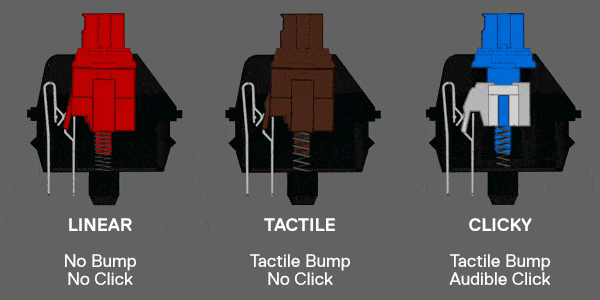
Is a mechanical keyboard better for gaming?
The short answer is yes. The broad variety of switches mentioned earlier means that you can find a switch type to suit your gaming preferences specifically. For example, those who are into competitive FPS games like CS:GO or Valorant generally prefer linear switches, also known as speed switches. This is because linear switches usually have the lowest actuation force, meaning they are easier to press so actions happen more quickly. Fans of less reflex-driven games like Cities: Skylines or the Civilization series may find themselves preferring tactile and clicky switches as you have to be more decisive to actuate a keystroke.
Mechanical keyboards – the final word
Should you get a mechanical keyboard? If you’re a PC gamer we’d highly recommend it as the different types of switches can make your gaming experience more pleasurable and even enhance your performance. Even if you’re not a PC gamer, the benefits still apply. If your job or hobbies require a lot of typing then a mechanical keyboard can make all the difference. We’ve listed some of our favorite mechanical keyboards for you below.
Razer Huntsman Elite
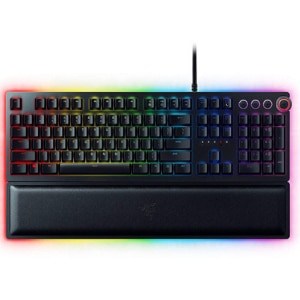
Size
Razer Opto-Mechanical Switch
Backlight
Razer Chroma™ Backlighting with Underglow
Switch
Razer Opto-Mechanical Switch
Wrist rest
Built in

AKKO Black & Gold 3098N Mechanical Keyboard

Layout
90%
Connectivity
USB Type-C, 2.4GHz Wireless, Bluetooth 5.0
Lighting
RGB
Keychron K12
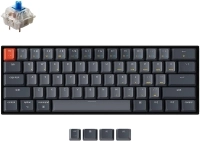
Layout
60%
Connectivity
Bluetooth 5.1/ USB Type-C
Switches
Gateron blue/brown/red
Hotswappable
Yes

ASUS ROG Falchion Wireless 65% Mechanical Gaming Keyboard

Size
65%
Switches
Cherry MX RGB
Weight
520 grams
Corsair K55 RGB
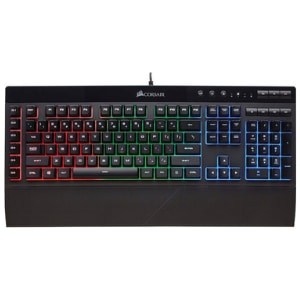
Size
Full-size (100%)
Switch
Membrane Dome switch
Backlight
RGB
Wrist Rest
Detachable Soft Rubber Wrist Rest















